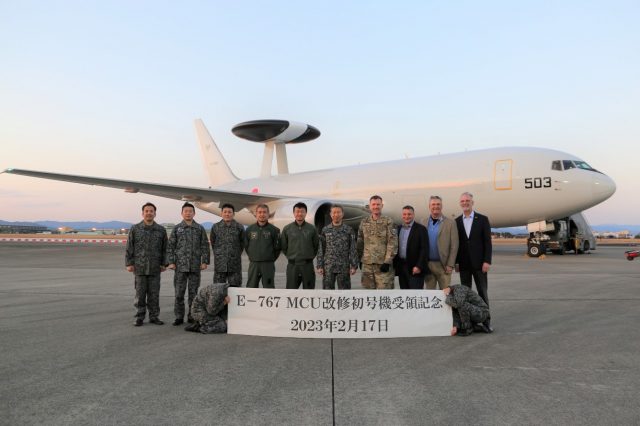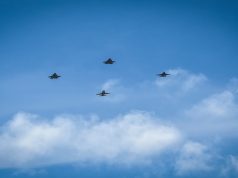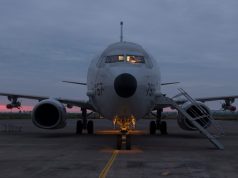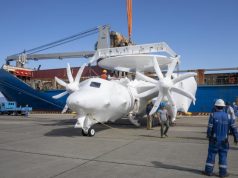The Japan Air Self Defense Force (JSDF) recently took delivery of their first upgraded Airborne Warning & Control System (AWACS) aircraft from the United States.
The E-767 was handed over by the International AWACS Division of the Digital Directorate, headquartered at the US Air Force’s Hanscom base, which supported the major upgrade.
According to the air force, the work includes a mission computing upgrade (MCU), as well as ground systems for several Japanese air bases for mission planning and training.
MCU installation began in August 2019, with flight testing and demonstrations taking place at Edwards Air Force Base, California; Naval Air Station Whidbey Island, Washington; and over the Olympic Peninsula and Washington Coast in 2022. The total value of the upgrade is $870 million.
The JASDF has operated an AWACS program since 1998. Japan’s previous upgrades to the jets were updated with the Radar System Improvement Program and the Mission Navigation System Upgrade through an Air Force contract with Boeing in 2006.
Col. Riley Pyles, deputy director of the Digital Directorate, says that the JASDF has been intensely focused on getting this first E-767 MCU aircraft back into operations because of frequent incursions by Chinese and Russian aircraft and unmanned systems into Japanese airspace.
“Japan is a critical partner of the United States in the Indo-Pacific Command theater and the E-767 is the premier airborne battle management command and control node for the JASDF,” he said. “If hostilities break out, we’ll want it flying just as much as they do.”
According to John Fisher, acting program manager of Mission Computing Upgrade program in the Digital Directorate’s Japan AWACS branch, the MCU is similar to a U.S. Air Force E-3 AWACS upgrade. It will provide the JASDF with improved battlespace command and control, real-time information sharing among the services, decreased target identification time, and increased lethality, he said.
“This was the first time we’ve ever delivered this capability and there were so many positive lessons learned,” he said. “The goal of this mission is to increase Japan’s national security, and it took a big team effort from all of the partners to make that happen.”
“This team of Air Force Life Cycle Management Center personnel, Boeing, and the JASDF really came together to make this delivery happen,” said Mike Canavan, materiel leader, Japan E-767 Programs Branch. “I am extremely proud of this team.”
The team from Hanscom AFB is currently performing MCU updates on additional JASDF E-767 aircraft.



























